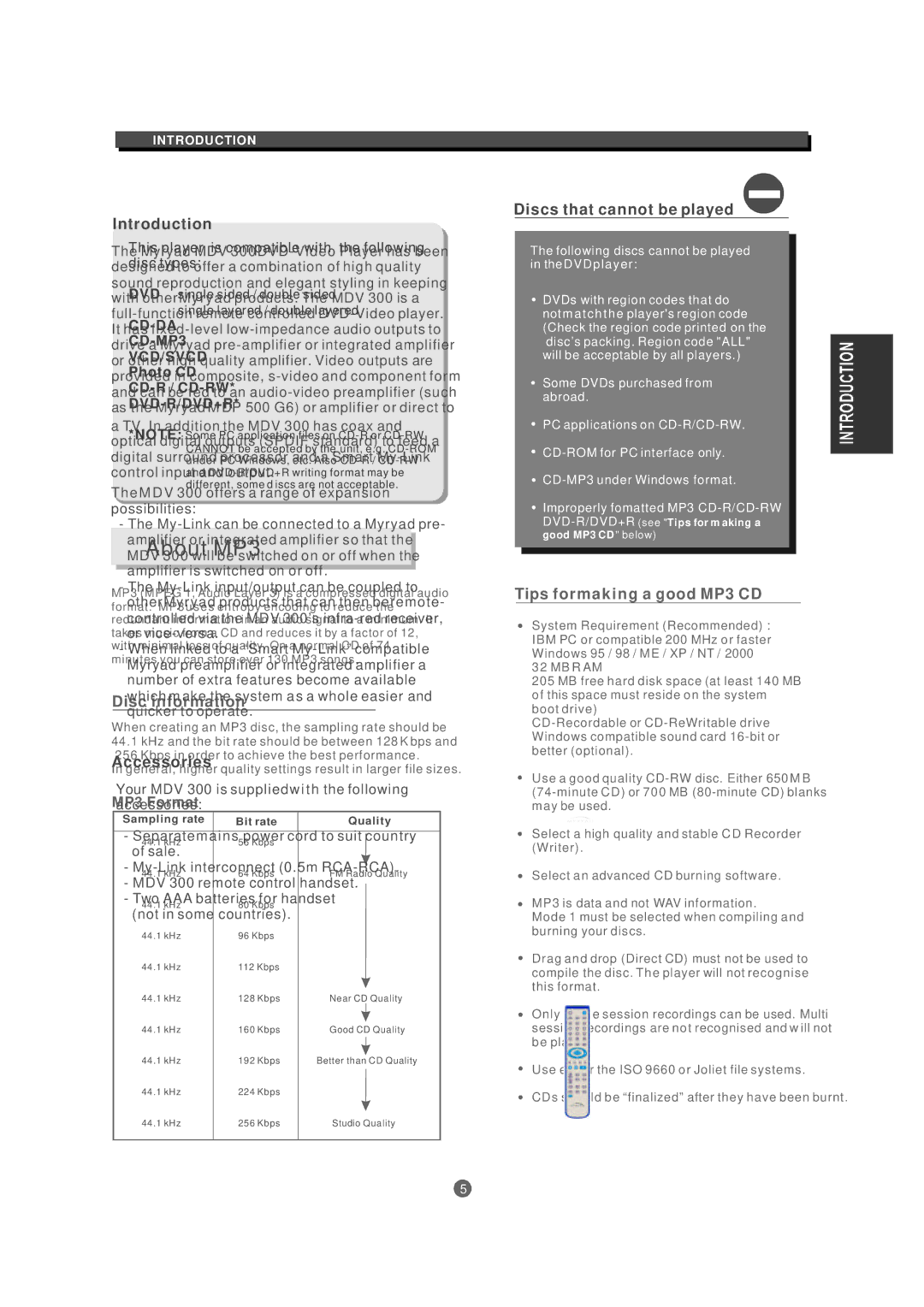MDV 300 specifications
The Kodak MDV 300 is a versatile and innovative digital imaging solution designed for professionals in various sectors, including healthcare, education, and industry. This multifunctional device is engineered to meet the demanding requirements of modern imaging tasks while providing exceptional quality and efficiency.One of the standout features of the Kodak MDV 300 is its advanced imaging technology. Equipped with a high-resolution sensor, the device ensures that images captured are sharp and detailed, making it ideal for applications that require precision, such as medical imaging and scientific documentation. The high dynamic range also allows for impressive color accuracy and richness, ensuring that every nuance in the image is preserved.
The MDV 300 employs Kodak's proprietary image processing algorithms, which enhance image clarity and reduce noise, leading to cleaner and more accurate results. Moreover, the device supports various image formats, allowing users to seamlessly integrate it into existing workflows and systems. This flexibility is crucial for professionals who need to share their images across different platforms and settings.
Another notable characteristic of the MDV 300 is its user-friendly interface. Designed with ease of use in mind, the device features an intuitive control panel that enables users to quickly adjust settings and navigate through the various options. This accessibility reduces the learning curve for new users, allowing them to efficiently operate the device and focus on their core tasks.
In addition to its imaging capabilities, the Kodak MDV 300 boasts robust connectivity options. It supports both wired and wireless connections, ensuring that users can easily link the device to computers, networks, and other peripherals. This connectivity facilitates quick data transfer and real-time collaboration, essential features in fast-paced work environments.
Durability and reliability are also key points of design for the MDV 300. Built to withstand the rigors of daily use, the device is constructed from high-quality materials that enhance its longevity. This reliability translates to less downtime and maintenance, which is a critical factor for professionals who depend on this equipment for their daily operations.
Overall, the Kodak MDV 300 combines advanced imaging technology, user-friendly design, and robust connectivity to deliver a powerful tool for professionals. Its versatility and reliability make it a valuable asset in any setting where high-quality imaging is a priority. With the MDV 300, users can expect consistent performance and exceptional results, solidifying Kodak's reputation as a leader in the digital imaging space.

